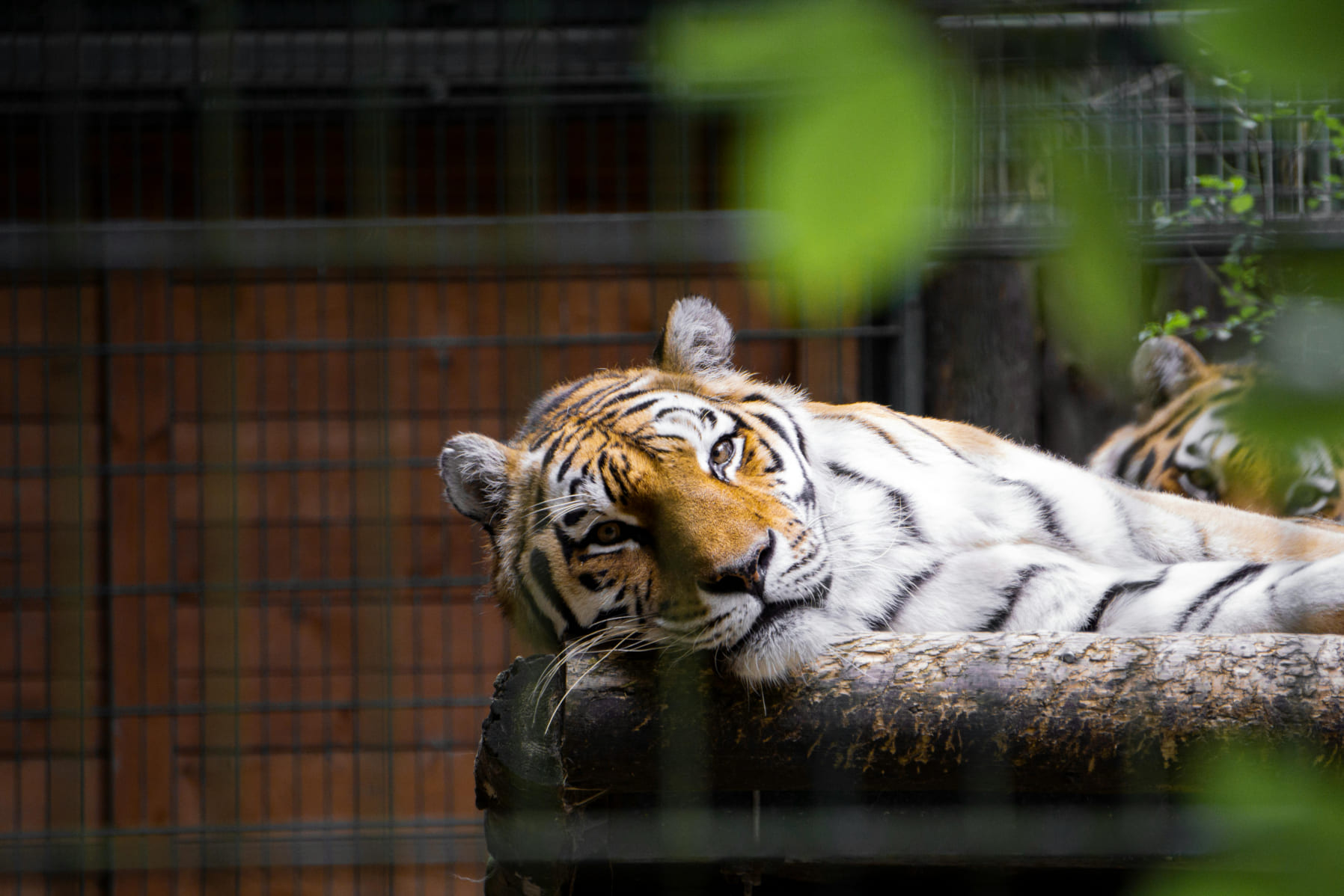
Animal Enrichment in Zoos: Enhancing the Quality of Life for Captive Animals
One of the key focuses of modern zoos is providing animal enrichment to ensure the well-being of animals in captivity. Enrichment refers to activities and environmental changes that encourage animals to express natural behaviors, such as foraging, hunting, exploring, and socializing. This is crucial for maintaining their mental and physical health, as life in captivity can be more restricted than in the wild.
Enrichment can take many forms, including providing animals with puzzles or toys, changing their habitats, or introducing new stimuli, such as scents or objects, to explore. Social enrichment, such as allowing animals to interact with others of their species, is also essential for species that naturally live in groups. Zoos may also create opportunities for animals to engage in behaviors they would typically display in the wild, such as hunting for food or building nests.
These activities not only keep animals physically active but also help reduce stress and boredom, which can lead to negative behaviors like pacing or aggression. By promoting natural behaviors and creating dynamic environments, zoos ensure that animals live fulfilling lives, even in captivity. Enrichment programs are an ongoing part of the care zoos provide, reflecting their commitment to the health and happiness of the animals in their care.